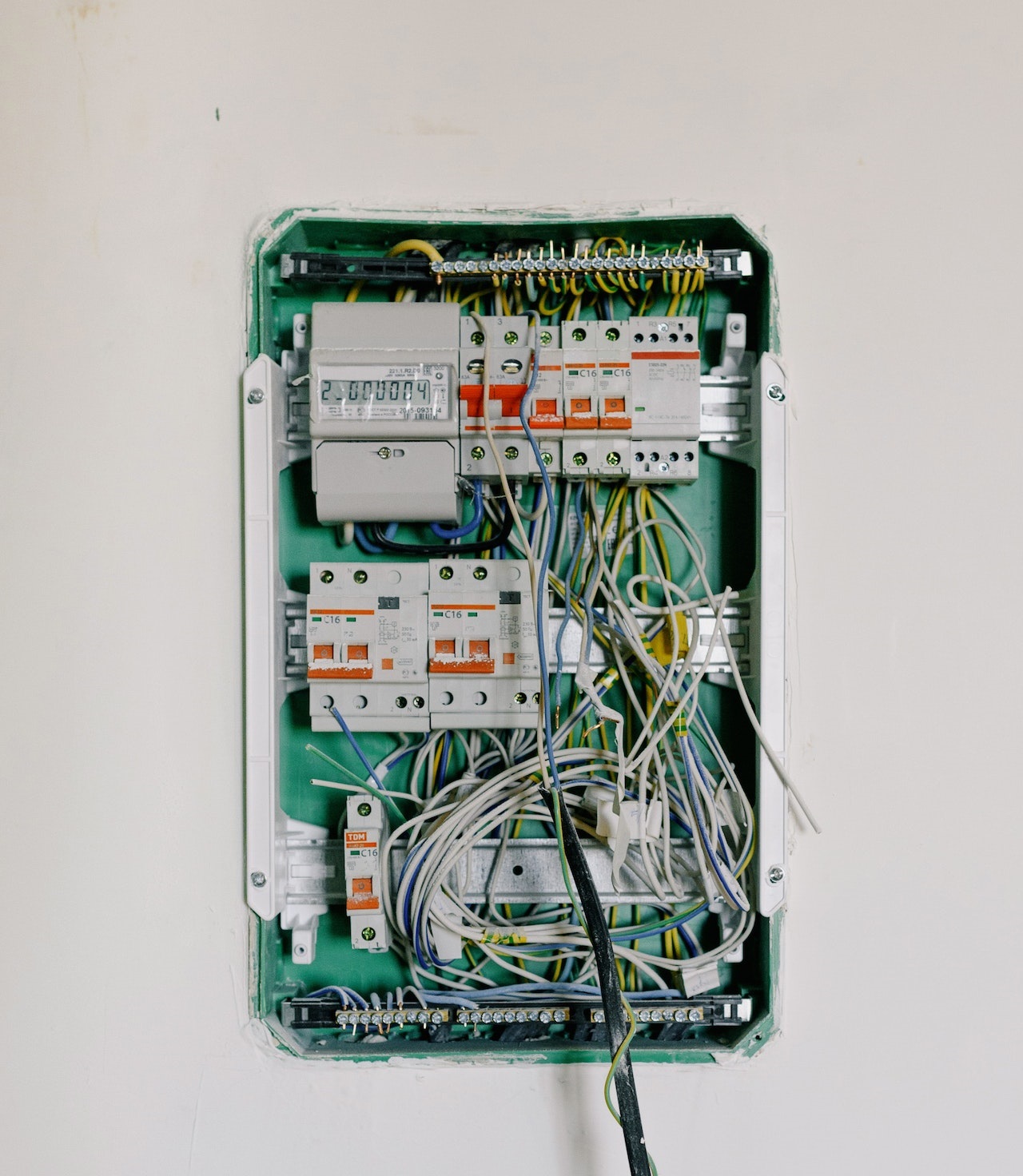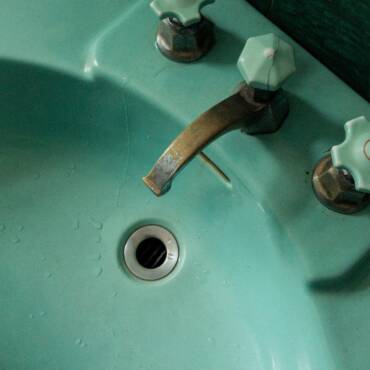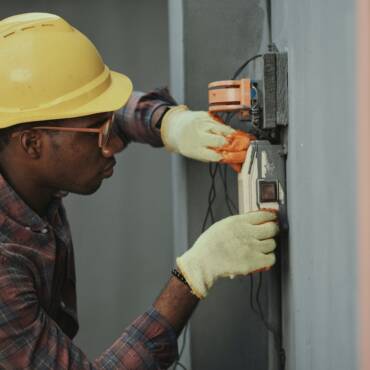Behind the walls of every modern home lies a network of electrical wiring that powers our daily lives. In this comprehensive guide, we delve into the intricacies of electrical wiring, shedding light on its importance, components, and best practices.

Electrical Wiring
The Backbone of Modern Living: Understanding Wiring
Electrical wiring serves as the lifeline that brings electricity to every corner of our homes. It connects power sources to outlets, switches, and appliances, enabling us to enjoy the conveniences of modern living.
Components of Electrical Wiring: A Closer Look
- Conductors: These copper or aluminum wires carry electrical current from the source to the destination.
- Insulation: A protective layer of material (such as PVC or rubber) surrounds the conductors, preventing contact and ensuring safety.
- Cables and Wires: Different types of cables and wires serve specific purposes, such as single-core wires for lighting and multi-core cables for power distribution.
- Switches and Outlets: Wiring connects switches that control lighting and outlets that power our devices.
Types of Wiring: Diverse Applications
- Household Wiring: Comprising power, lighting, and appliance circuits, this wiring provides electricity for everyday activities.
- Specialized Wiring: Wiring for specific needs, such as telephone lines, data networking, and security systems.
- Outdoor Wiring: Durable and weather-resistant wiring for outdoor lighting, power outlets, and garden features.
Safe and Sound: Best Practices in Wiring
- Planning and Design: Create a wiring plan before installation. Ensure adequate circuits and outlets for each room’s requirements.
- Quality Materials: Use high-quality cables, wires, and components from reputable manufacturers to ensure longevity and safety.
- Professional Installation: Hire a qualified electrician to install and connect wiring, ensuring compliance with regulations and safety standards.
- Proper Insulation: Ensure wires have the right level of insulation to prevent electrical leakage and potential hazards.
- Regular Inspection: Periodically check wiring for wear, damage, or signs of overheating. Address issues promptly to prevent accidents.
DIY vs. Professional Help: Making the Right Choice
While some electrical tasks may be suitable for DIY enthusiasts, complex wiring projects require professional expertise. Seek professional help for new installations, extensive renovations, or any work involving the main electrical panel.
Future-Proofing Your Wiring: Technological Advances
As technology evolves, wiring also adapts to accommodate new needs. Smart home systems, renewable energy integration, and electric vehicle charging stations are reshaping electrical wiring to create a sustainable and efficient future.
Conclusion
Electrical wiring is the invisible force that powers our modern lifestyles. By understanding its components, applications, and best practices, you can ensure a safe, functional, and future-proof electrical system that supports your home’s needs and advancements in technology.



